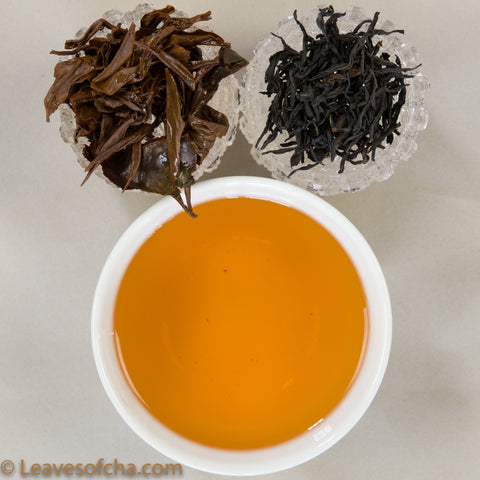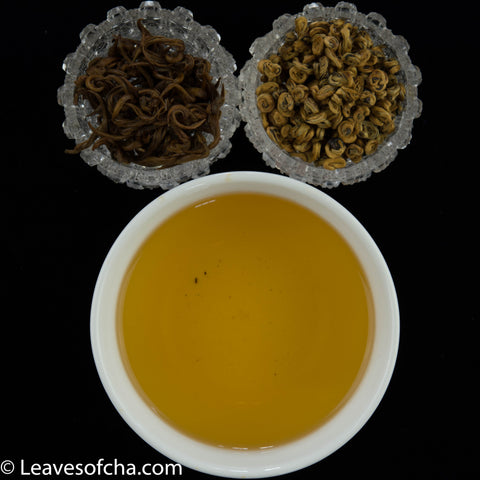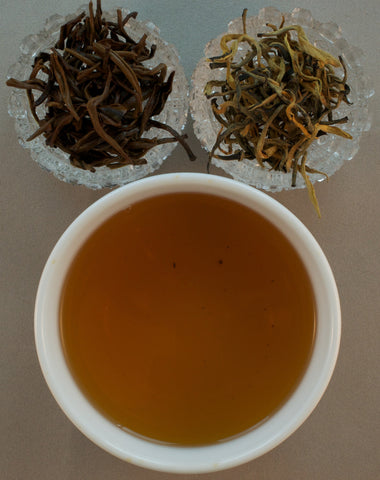As you probably guessed from the teas in the Leaves of Cha Tea Chest, I love Yunnan black teas. The smoothness and low-astringency allowed me to kick my “English Breakfast with milk and honey” habit and just enjoy the tea. The wide variety of cultivars and styles that come from the province are mind-boggling. Purple Tea is one of those unique teas. There are three cultivars of purple tea and this is the naturally occurring original, knows as “Ye Sheng” or “Wild Tea”. Originally used to make puerh since it is quite bitter young but develops delicious complexity with age, it has recently started to processed into black tea with stunning results.
This roasted version is one of my favorite black teas and a very common start-of-the-day tea for me. I’m incredibly happy to be able to source this rare tea.
Provenance:
-
Origin: Mangshi, Dehong Prefecture, Yunnan, China
-
Grower/Teamaster: Mr. Li
-
Elevation: 1600-2200 meters
-
Harvest Date: Spring 2024
-
Cultivar: Ye Sheng cultivar aka "Camellia sinensis (L.) Kuntze var. assamica (J. Masters) Kitam." or Camellia Assamica Dehongensis
-
Cultivation: Wild harvested; naturally bug resistant cultivar
-
Plucking Standard: 1 leaf/1bud
-
Processing Notes: Lightly roasted. Only 70 kilograms in production for 2016
-
History/Pedigree: Lü Yu, in his “Classic of Tea” says “Tea that grows wild is superior; garden tea takes second place. Whether grown on sunny slopes or in shady groves, the best leaves are russet.”
Brewing Suggestions1:
-
Water: 190˚-200˚F
-
Tea: 2g per 4oz of water (about a level 1 TB2)
-
Infusion: 3-5 minutes for two infusions
Tasting Notes:
- Strong aroma with sugarcane and hints of eucalyptus; complex mouth feel with hint of roast and caramel
1 Brewing suggestions are just that. Try it the suggested way then experiment. In this case I suggest first experimenting with the infusions. I found the 3-minute steep to be slightly sweeter. Also, I usually did a “1/2” infusion on the second round, meaning I used half the amount of water. Some tea drinkers like to use slightly hotter and longer times for each subsequent infusion.
2 Weighing your tea is always the best way to control your dosage. I provide approximate volume measures for convenience but they can be problematic due to the variance in tea leaf shape and size. It’s best to use the single appropriate volume measure for the tea, i.e., don’t try to measure 1.5TB using two spoons meant to measure 1 TB and a ½ TB. Use an actual 1.5 TB measuring spoon. Yes, they make them! I like the oblong ones to handle longer leaf styles.



